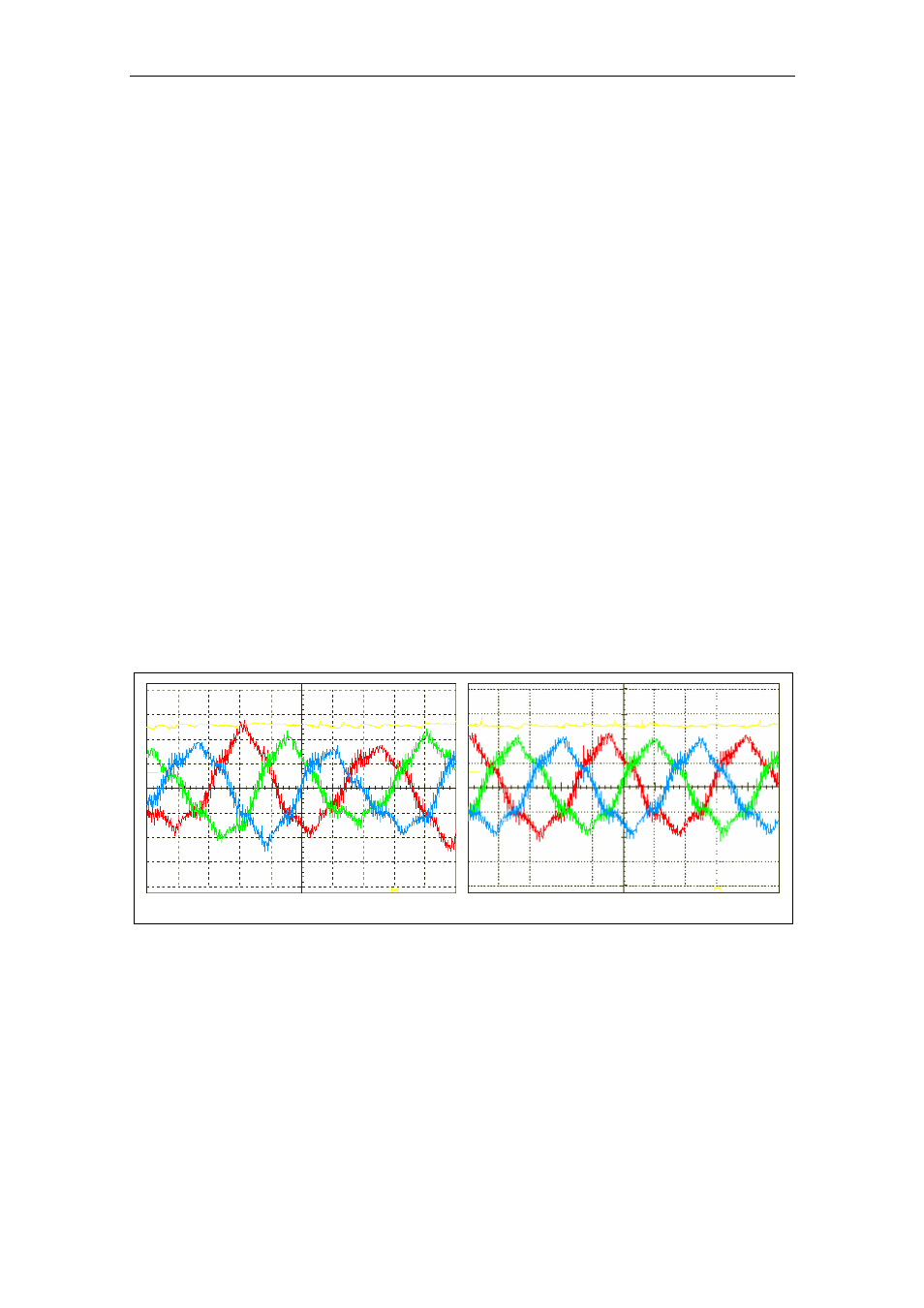4 v/f resonance damping – Watson-Marlow MM420 User Manual
Page 174

3 Functions
Issue 10/06
MICROMASTER 420 Operating Instructions
174
6SE6400-5AA00-0BP0
3.21.1.4
V/f resonance damping
Parameter range:
P1338, P1349
Warnings -
Faults -
Function chart number:
-
For variable-speed drives, resonance effects can occur in the upper frequency
range (> 20 Hz). These resonance effects result in an increased noise level and
also can damage / destroy the mechanical system. These resonance effects can
occur for:
Geared motors
Reluctance
motors
Large
motors
(low stator resistance
→ poor electrical damping)
Contrary to the "skip frequency" function (refer to Section 3.12.1 and parameters
P1091 to P1094), where the resonance frequency is passed through as quickly as
possible, for the V/f resonance damping (parameter P1338), the resonance effects
are dampened from a control-related perspective. The advantage of this function is
that by using this active damping, operation is possible in the resonance range.
The V/f resonance damping is activated and adjusted using parameter P1338. This
parameter represents a gain factor that is a measure for the damping of the
resonance frequency. With parameter P1349 the upper limit is defined for the
effectiveness of this parameter. In a range of 5 % below the upper limit, damping is
reduced linearly from 100 % to 0 %. The following oscillogram (refer to Fig. 3-75)
indicates the effect of the resonance damping function using as an example a
reluctance motor with gearbox. The phase output currents are displayed for an
output frequency of 45 Hz.
Without V/f resonance damping (P1338 = 0)
V/f resonance damping active (P1338 = 1)
Fig. 3-75
Effect of V/f resonance damping